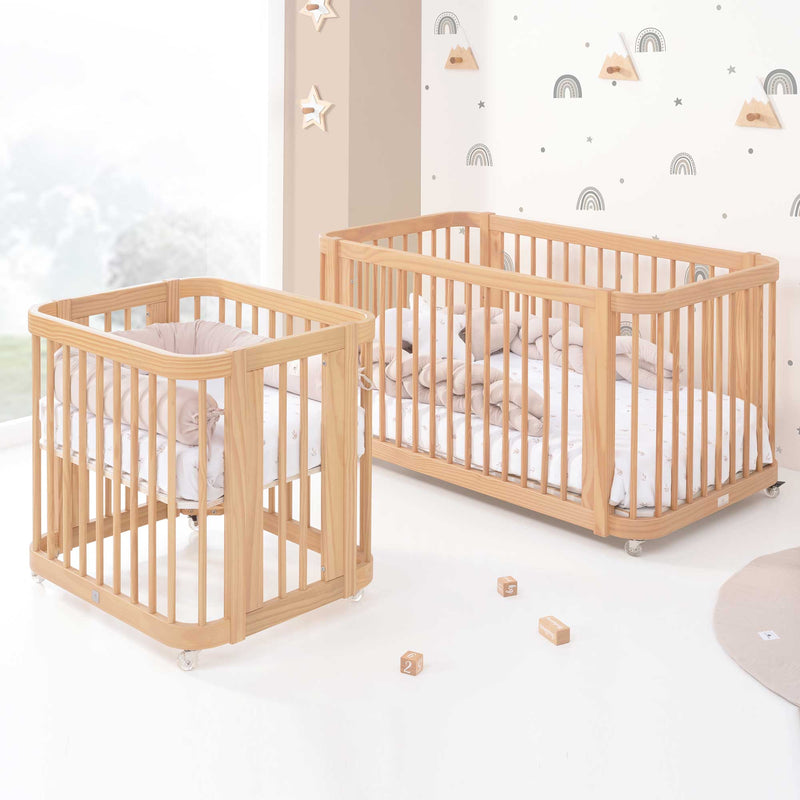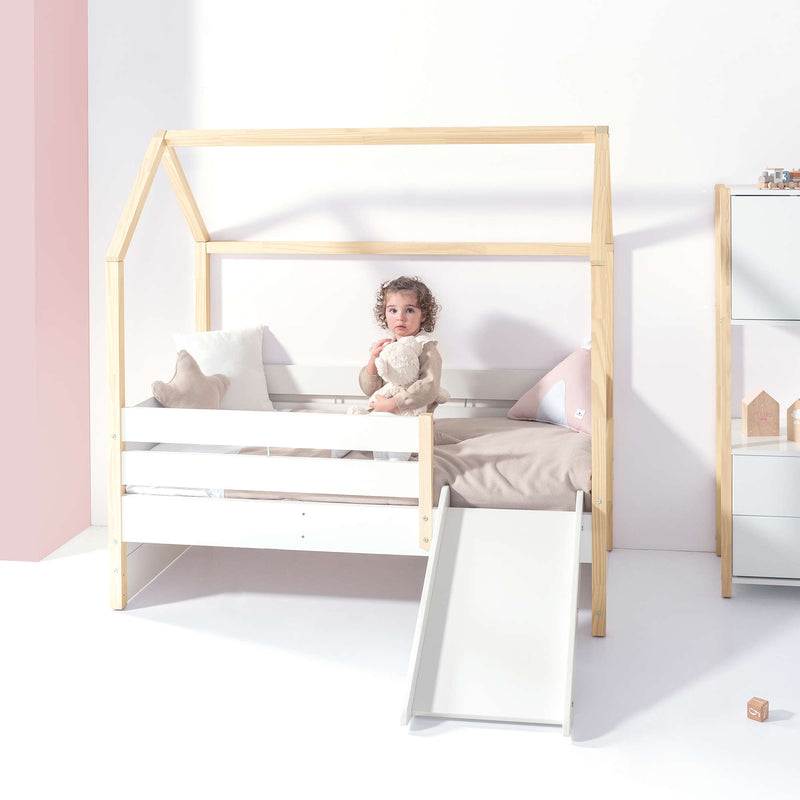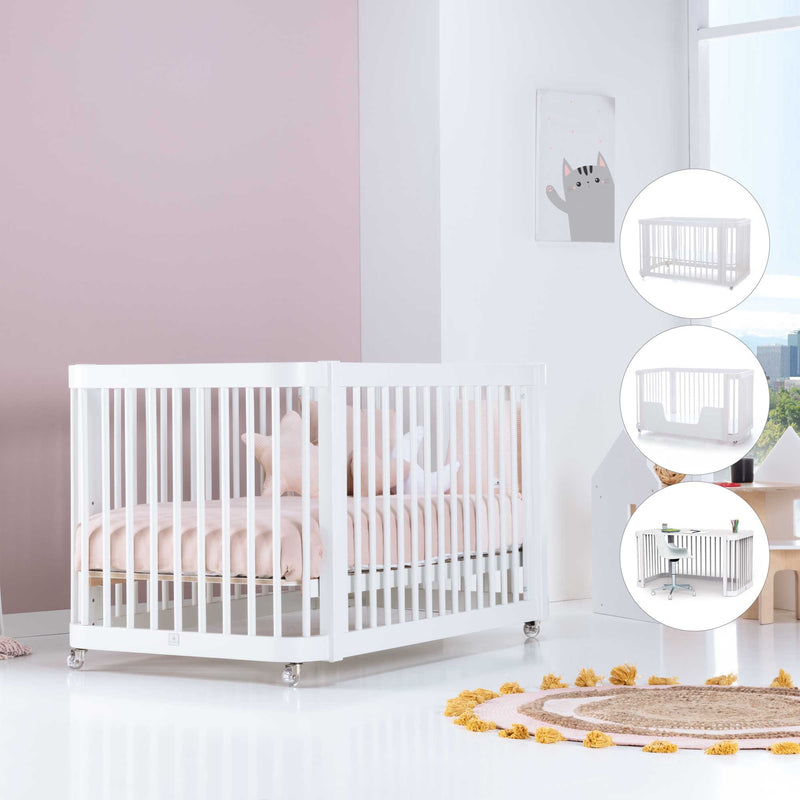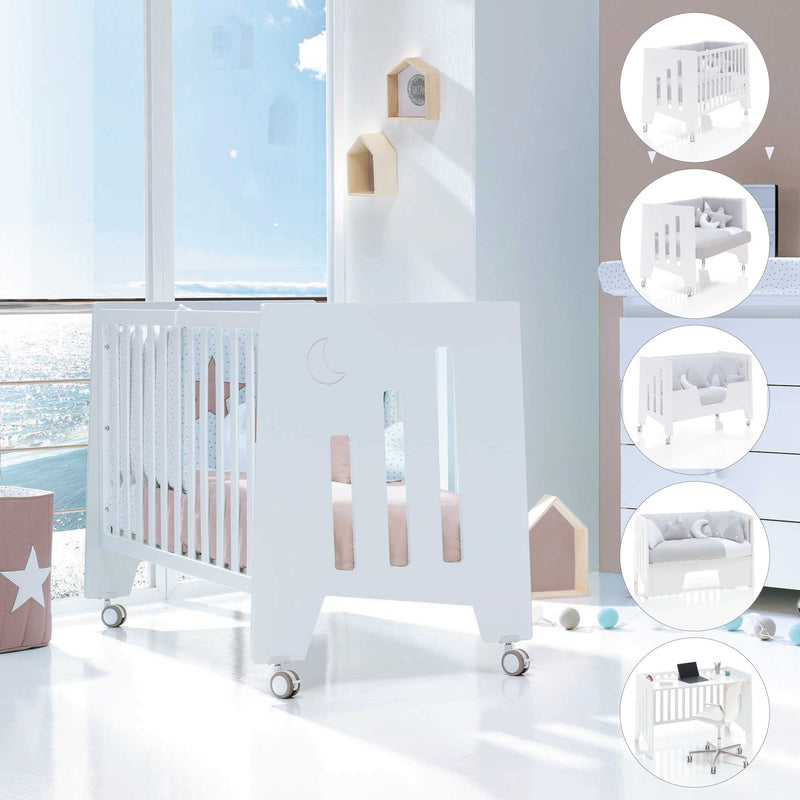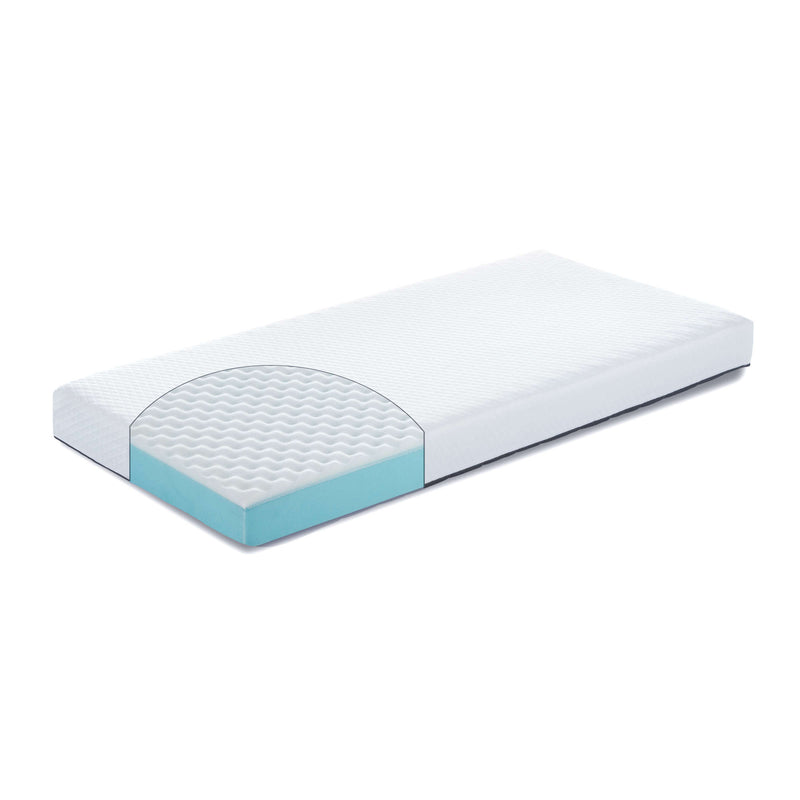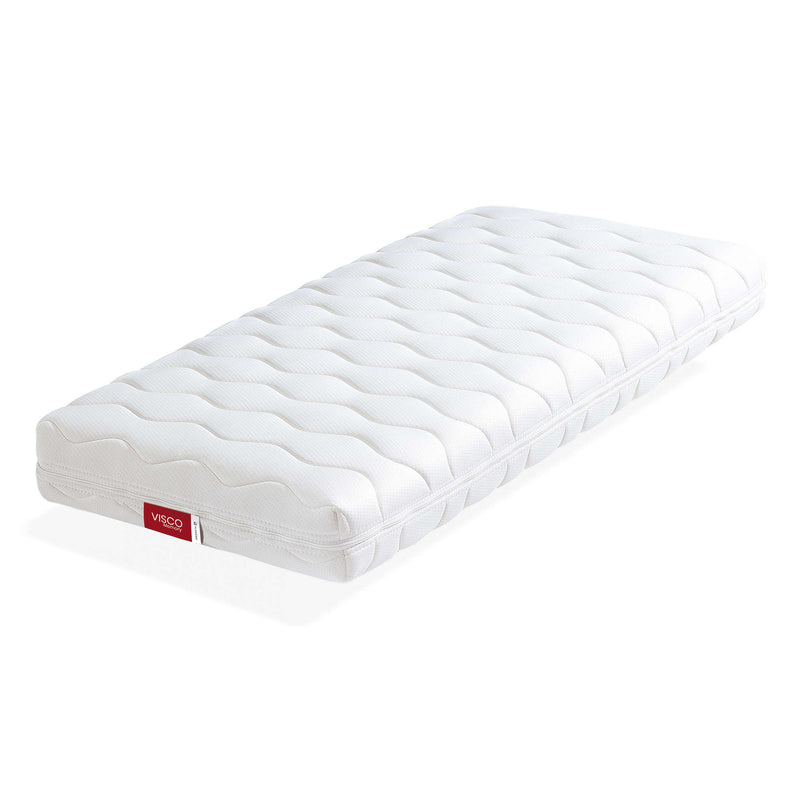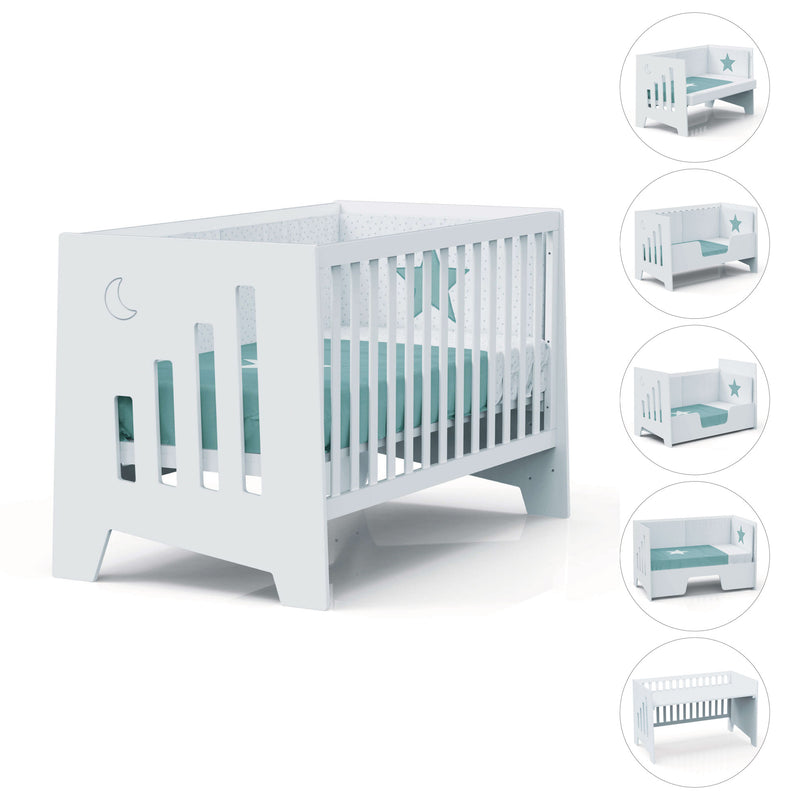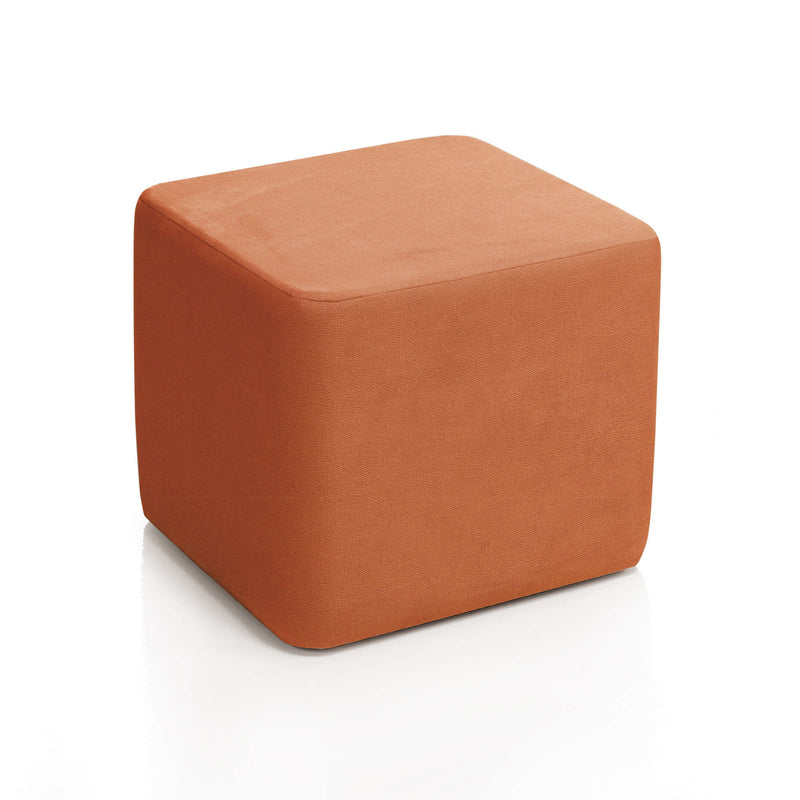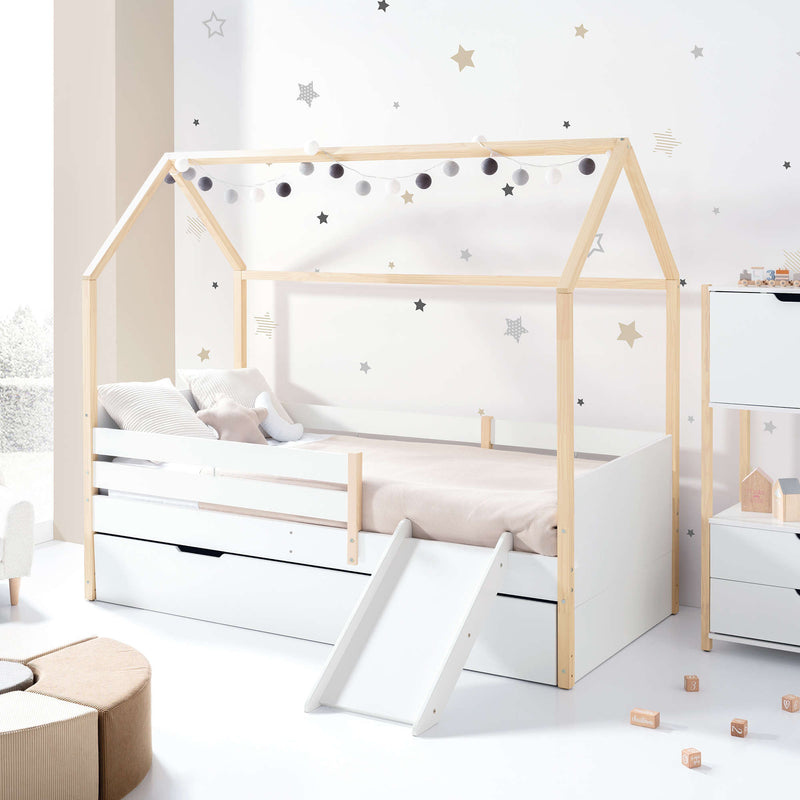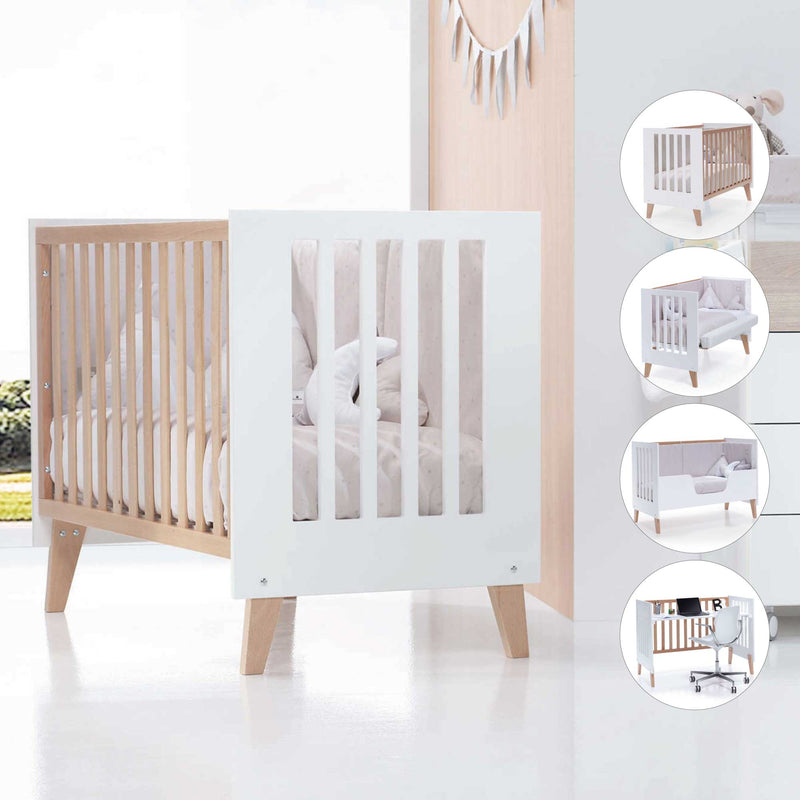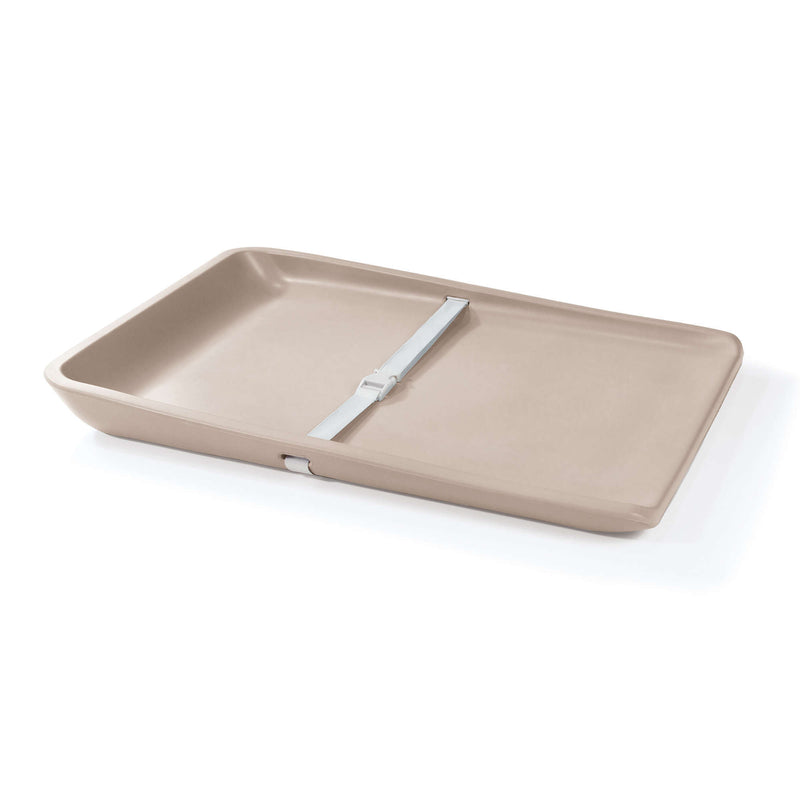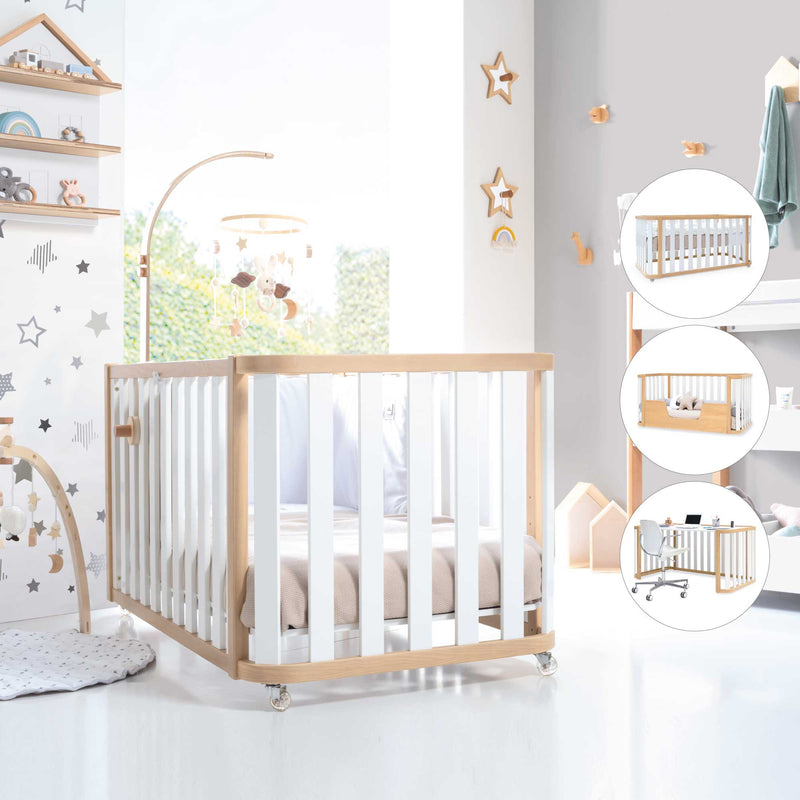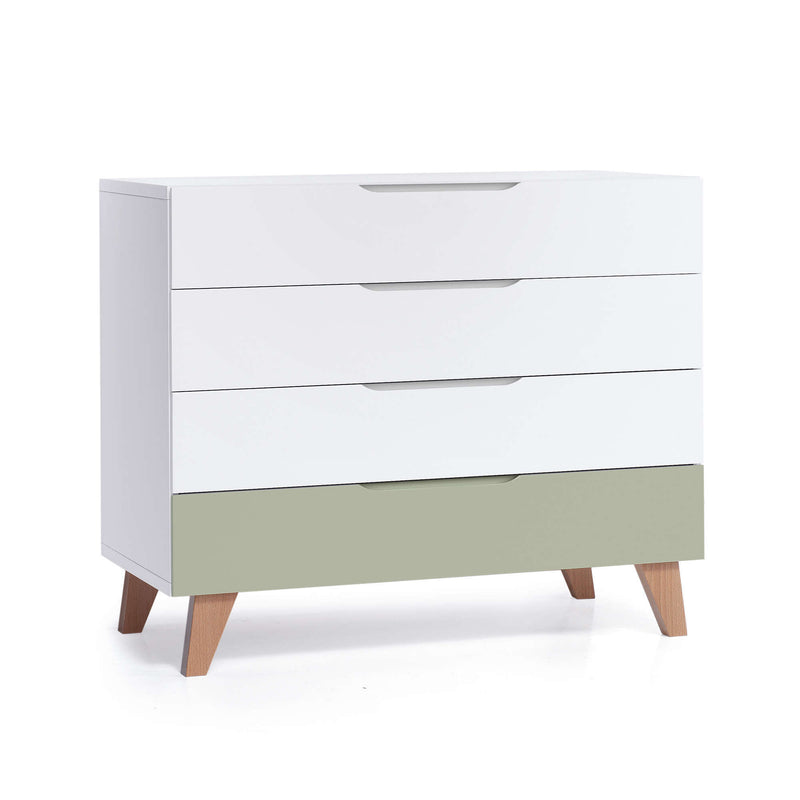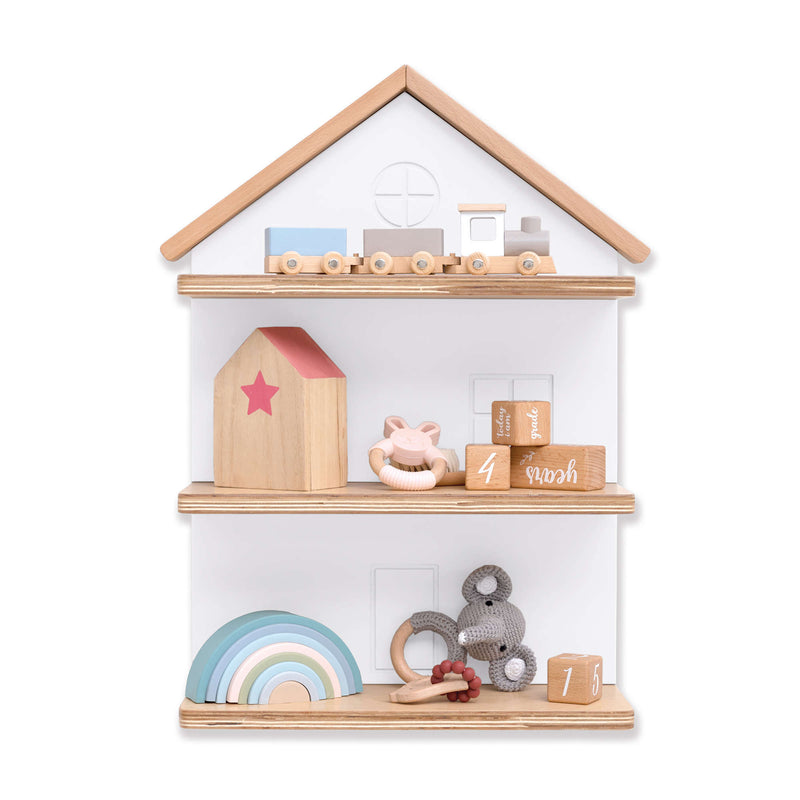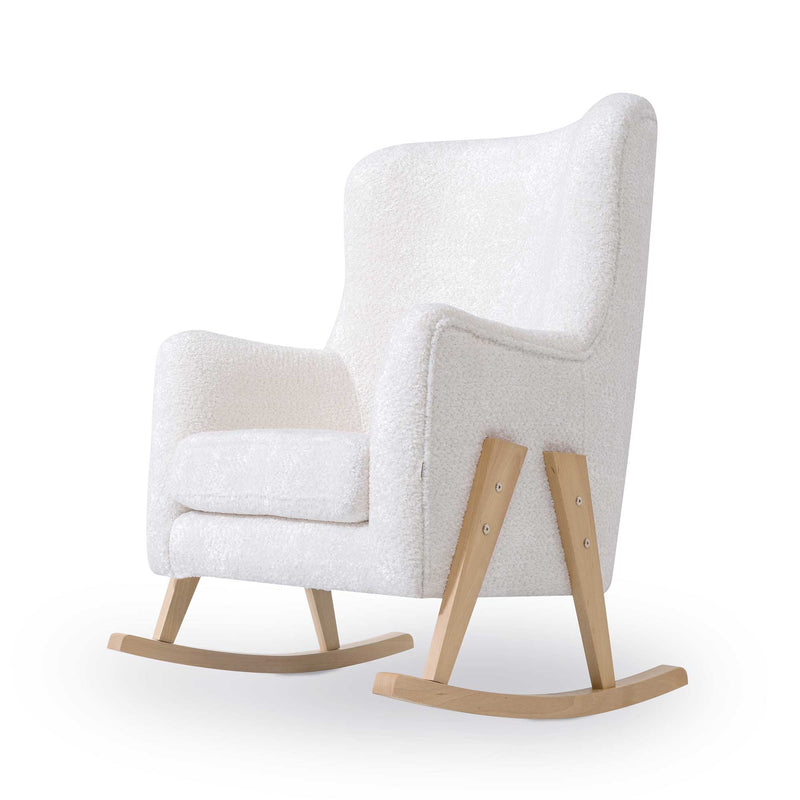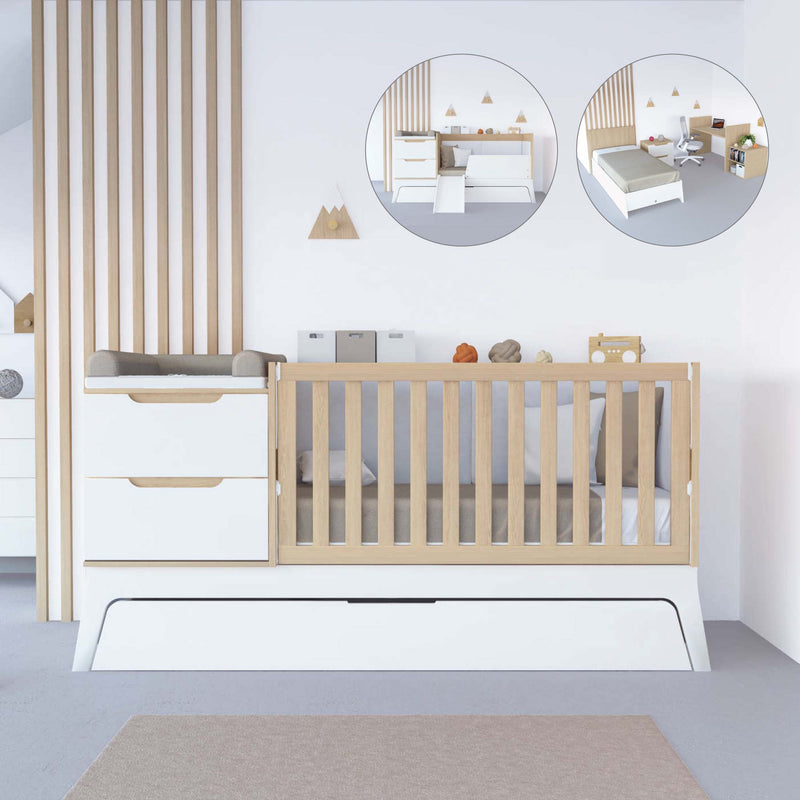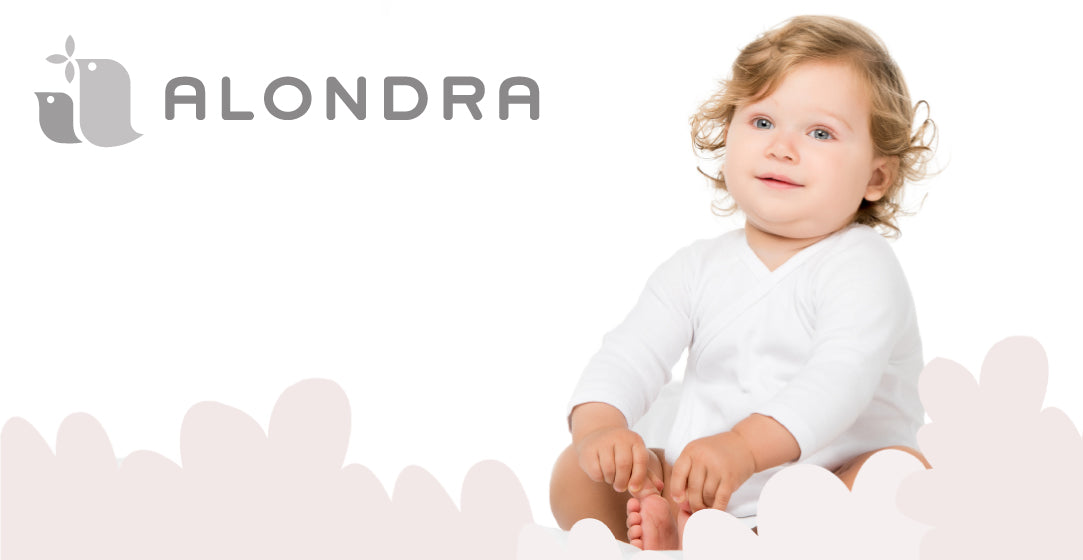In the world of parenting and early childhood education, the Pikler approach is gaining much attention and recognition worldwide. It is a revolutionary approach that is based on respect, autonomy and the comprehensive development of children.
Do you want to know more about what the Pikler method is and what it consists of? In this article we will delve into this educational methodology, analyzing its main foundations and how it can help improve the development of boys and girls from an early age .
Foundations and principles of Pikler pedagogy
The Pikler method is named after Dr. Emmi Pikler , who dedicated her life to the study of child development. Based on detailed observations of babies and children, her approach emphasizes that children, from birth, are active and competent beings, capable of self-regulation and learning at their own pace.
Meeting Emmi Pikler
Emmi Pikler (1902-1984) was a Hungarian pediatrician born in Vienna, who developed an innovative approach to child care and education, known as the Pikler method. After studying medicine in Vienna and specializing in pediatrics, in the 1940s he moved to Budapest to direct the Lóczy Nursery in Budapest (current Pikler Institute). It was a home for children deprived of their parents (not necessarily orphans), where he implemented his ideas about the importance of free movement, emotional and respectful relationships, and an environment suitable for child development.
Pikler observed that many orphans suffered from severe emotional deprivation and could develop 'hospitalism syndrome', characterized by developmental delays and emotional problems due to a lack of attention and affection. She demonstrated that by providing warm and respectful care, children could overcome these difficulties and develop healthily. Her method, based on these principles, has significantly influenced pedagogy and child care worldwide, and her legacy lives on through the Pikler-Lóczy Institute in Budapest.
Learn more about Emmi Pikler and the Pikler Lóczy Institute .
Although traditionally the ways of educating and raising babies have been based on overprotection, Pikler believed that autonomy was a key piece in their growth . During childhood, movement is one of the basic needs of children, which allows them to discover, explore, learn... And it is free movement , that which the baby chooses for himself without the interaction of an adult, the best way to promote their psychomotor development.
This Pikler pedagogy is based on three key pillars , which we tell you about below:
Free movement and autonomous play
The principle of free movement and autonomous play is fundamental in Pikler pedagogy. This approach maintains that children should be free to move and play at their own pace without constant intervention from adults . The belief is that children are capable of discovering and developing their own motor and cognitive skills naturally.
-
Motor development : Children, from a very early age, should have the freedom to move without restrictions, which allows them to develop their motor skills progressively. For example, a baby who has the opportunity to roll, crawl, crawl, and eventually walk without being placed in positions that he cannot reach on his own (such as sitting up when he cannot sit up on his own) will develop his coordination and strength optimally.
-
Autonomous play : Autonomous play allows children to explore their environment and their own interests without constant direction from adults. This encourages creativity, problem solving and independence. Instead of providing specific toys with instructions, simple objects are offered that can be used in multiple ways, stimulating the child's imagination.
“It is essential that the child discovers for himself. If we help him solve all his tasks, we take away what is most important for his mental development,” said Emmi Pikler.
Affectionate and respectful relationship
Letting a child move freely does not mean not having contact with him. In fact, this pedagogy defends the importance of an emotional attachment as a basis. This relationship must be based on mutual respect, empathy and sincere communication .
-
Secure bond : Creating a safe and trusting bond is crucial to the child's emotional well-being. Adults must be sensitive to the child's signals and needs, responding in a consistent and loving manner. This helps children develop a sense of security and trust in their caregivers and in themselves.
-
Respect for individual rhythm : Each child has his own pace of development and his own needs. Adults must respect these rhythms, avoiding comparisons and pressures. For example, instead of forcing a child to learn to walk before he is ready, he is allowed to develop at his own pace.
-
Respectful interactions : Communication and interactions should always be respectful, considering the child as a complete person and worthy of respect. This includes speaking respectfully, explaining what is being done (such as changing a diaper), and asking for help when possible.
The role of adults (whether parents, family members, teachers or caregivers) must be played as active observers . They can act as companions in order to guarantee your safety, but without directing your steps.
Suitable environment
The environment in which the child develops is crucial for his development. In Pikler pedagogy, great emphasis is placed on creating a space that is safe, orderly and stimulating .
-
Safety : The environment must be safe so that the child can explore freely without risk of harm. This means having a safe space with materials and toys appropriate for their age and stage of development.
-
Order and simplicity : An orderly environment that is not overloaded with stimuli allows the child to concentrate better and explore at his or her own pace. Too many toys or stimuli can be overwhelming and distract the child from his own initiatives.
-
Appropriate materials and toys : Materials and toys should be simple, natural and appropriate to encourage autonomous play and exploration. Toys such as wooden blocks, rings and fabrics allow for multiple uses and promote the child's creativity and imagination.
Benefits of the Pikler method
Now that we know the basic principles that support this methodology, we can draw conclusions about the benefits it entails. Among them we highlight:
-
Optimal motor development : Free movement allows children to develop their motor skills in a natural and progressive way , strengthening their coordination, balance and muscle strength.
-
Promoting autonomy : By allowing children to explore and play autonomously, you help them develop independence and self-confidence, skills crucial for their future development.
-
Improved self-esteem : Freedom of movement and the ability to solve problems on their own increases children's self-esteem as they feel they have control over their environment and their actions.
-
Healthy emotional development : A loving and respectful relationship with caregivers creates a secure bond, which is essential for emotional development. Children feel valued, understood and safe, which promotes their emotional well-being.
-
Social skills : By respecting the rhythm and needs of each child, respect and empathy towards others is encouraged. Children learn to interact in a respectful and understanding way with their peers and adults.
-
Cognitive stimulation : Autonomous play and the appropriate environment stimulate curiosity and creativity, promoting cognitive development. Children learn to solve problems and think critically from an early age.
-
Improvement in concentration and attention : An orderly environment that is not overloaded with stimuli allows children to concentrate better on their activities, developing a greater capacity for attention and concentration.
-
Comprehensive development : The combination of a safe environment, freedom of movement and an emotional and respectful relationship favors the comprehensive development of the child, covering physical, emotional, social and cognitive aspects.
-
Reduced stress and anxiety : A respectful and safe environment reduces stress and anxiety in children, as they know that their needs will be met and that they have the freedom to explore at their own pace.
-
Promoting a healthy lifestyle : By encouraging movement and active play, the Pikler method contributes to the promotion of a healthy lifestyle from childhood, establishing a solid foundation for physical and mental well-being throughout life .
As you can see, the Pikler method offers a variety of benefits that contribute to the comprehensive and healthy development of children , preparing them to effectively face the challenges of their continued growth and development.
Exploring Pikler toys
An essential part of this method are Pikler toys to encourage free play and motor development in children. These toys are designed to stimulate exploration, creativity and safe, autonomous movement.
Our collection of Montessori and Pikler toys has been designed to offer you the best pieces to carry out this practice. Furthermore, with their design, they can be combined and used in different ways to adapt to the little one's play needs.
Pikler Bow
This Pikler Arkoo learning arch is ideal for play, stimulating the child's creativity and sensory skills. Helps develop baby's balance and agility, promoting their autonomy by allowing them to discover new movements on their own.
This toy can be used in different ways. For example, as a toy box, a climbing arch or a small cabin, a drawing table and a rocking sofa to rest. Additionally, it is available in 4 different colors.

Pikler Triangle
Like the arch, the Triplano learning triangle is a stimulation and free movement toy that allows children to develop their gross motor skills during the childhood stage, working on their balance and coordination. Available in 4 different colors.
This triangle can be combined with other elements from the same collection, allowing children to go up, down, climb and jump.
Pikler Ramp
The Steps climbing ramp board has two sides for different activities. The smooth side can be used as a slide or ramp to slide cars and other toys; or even for the child to learn to climb. The stepped face features rungs that allow children to climb and climb, using it as a climbing wall. This design helps develop the baby's gross motor skills and encourages self-awareness of the environment.

The ramp is compatible with both the Arkoo evolutionary arc and the Triplano learning triangle.
Pikler triangle with ramp
The Pikler triangle can be combined with the ramp board, offering more options for use. You can place the ramp with the smooth side facing up, so that the boy or girl can use it as a slide. As for the steps, you can have a climbing wall to climb and go down.

Wooden Pikler Gym
All these Pikler toys can be combined with each other to form a complete Pikler gym , since the ramp is compatible with the arch and the triangle. Encourages the development of agility and motor skills in an intuitive and free way.
With this combination, the little one will be able to create endless shapes. You can go up the triangle, go over the ramp and go down the arch. Super fun!
Alondra's advice
We recommend starting to use these toys from the baby's first year of age, since this is when they start to walk. Remember to keep your little one under supervision so that they are safe at all times and avoid accidents.
In short, the Pikler approach tries to find a balance between the protection and autonomy of the little ones so that they grow up happy and safe in environments adapted to their needs. A relationship based on respect for children and their rhythms and needs, that does not impose things, but rather makes them flow.









